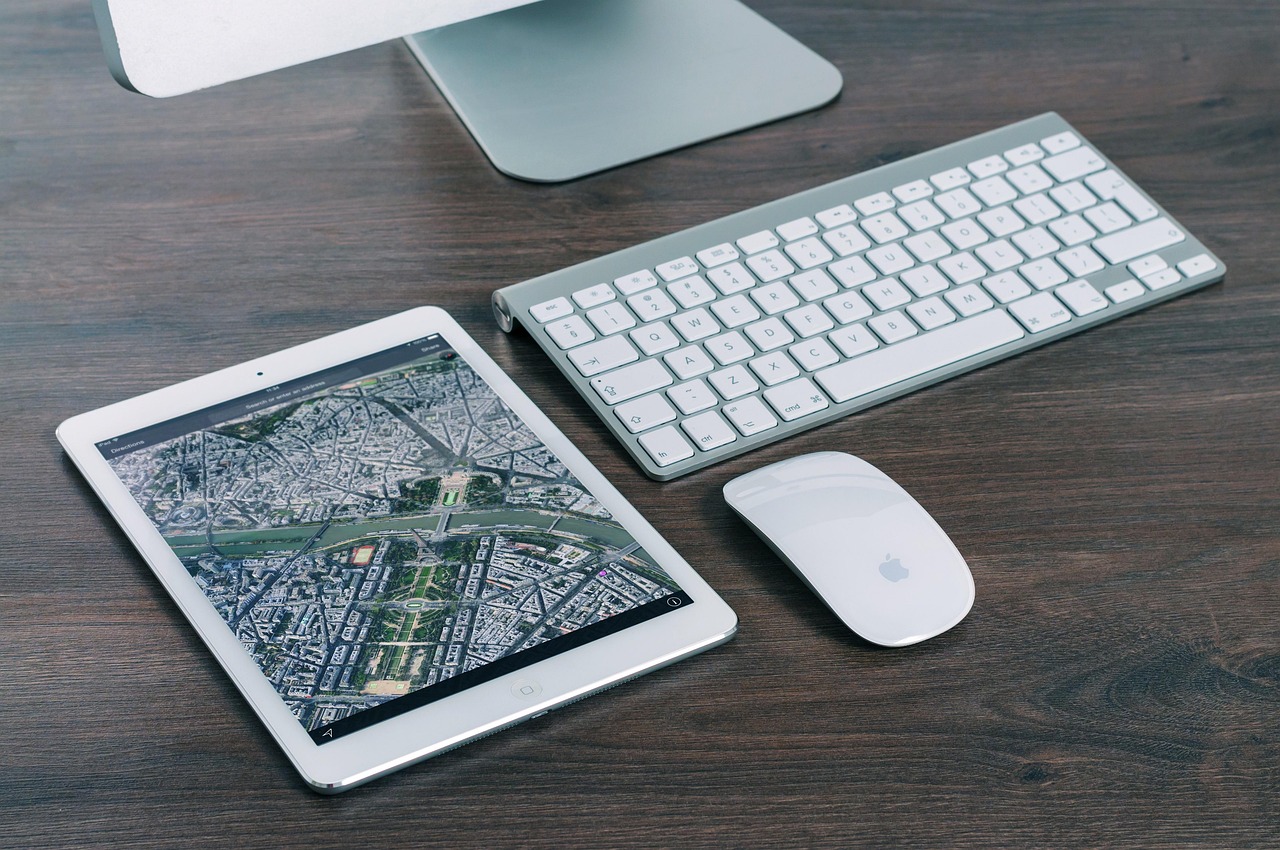Working from home has transitioned from a perk to a prevalent reality for many, reshaping the landscape of modern employment. It’s no longer just about pajamas and coffee; it’s a significant shift demanding structure, discipline, and a strategic approach to maintain productivity and well-being. In this guide, we’ll delve into the intricacies of remote work, providing actionable tips and insights to thrive in your work-from-home environment.
Setting Up Your Ideal Work From Home Environment
A dedicated workspace is paramount for productivity. It helps mentally separate work from personal life, even when they occupy the same physical space.
Choosing the Right Space
- Dedicated Room vs. Multi-Purpose Area: Ideally, have a separate room for work. If that’s not possible, designate a specific corner in a less-trafficked area.
Example: A spare bedroom transformed into a home office is ideal. If space is limited, a corner of the living room with a room divider can help.
- Minimize Distractions: Identify and mitigate potential interruptions. Communicate with family members about your work hours.
Example: Use noise-canceling headphones, create a “do not disturb” sign, and set clear boundaries with family.
- Ergonomics Matter: Invest in a comfortable chair, monitor, and keyboard. Poor posture leads to discomfort and reduced productivity.
Example: Choose an adjustable ergonomic chair with lumbar support and a monitor stand to bring the screen to eye level.
Essential Equipment and Tools
- Reliable Internet Connection: A stable and fast internet connection is non-negotiable.
Example: Test your internet speed regularly. Consider upgrading to a higher bandwidth plan if needed.
- Appropriate Software and Hardware: Ensure you have all necessary software licenses and hardware, including a webcam for video calls.
Example: Install software like Microsoft Teams, Zoom, or Slack for communication and collaboration.
- Backups and Security: Protect your work and personal data with regular backups and robust security measures.
Example: Use a cloud-based backup service like Google Drive or Dropbox, and install antivirus software. Implement a strong password policy.
Mastering Time Management and Productivity
One of the biggest challenges of working from home is managing your time effectively and maintaining productivity levels.
Establishing a Routine
- Set a Consistent Schedule: Wake up, start work, take breaks, and end your workday at consistent times each day. Mimic your previous office schedule as much as possible.
Example: If you started work at 9 am in the office, aim to start at 9 am at home, even if you have a little extra time in the morning.
- Prioritize Tasks: Use tools like to-do lists or project management software to organize and prioritize your tasks.
Example: Use Trello or Asana to break down projects into smaller, manageable tasks with deadlines.
- Time Blocking: Allocate specific blocks of time for particular tasks. This helps you stay focused and avoid multitasking.
Example: Dedicate 2 hours in the morning to focused work on a specific project, followed by 1 hour for emails and administrative tasks.
Avoiding Procrastination and Distractions
- Identify Your Productivity Killers: Recognize what distracts you most and actively work to minimize those distractions.
Example: If social media is a distraction, use website blockers during work hours. If household chores are tempting, schedule specific times for them outside of work hours.
- Take Regular Breaks: Short, frequent breaks are more effective than infrequent, long breaks. Step away from your computer, stretch, and recharge.
Example: Use the Pomodoro Technique: work for 25 minutes, then take a 5-minute break. After four “pomodoros,” take a longer 15-20 minute break.
- Use Productivity Tools: Utilize apps and software designed to boost focus and productivity.
Example: Consider using apps like Forest, which helps you stay focused by planting a virtual tree that dies if you leave the app.
Maintaining Work-Life Balance
The lines between work and personal life can easily blur when working from home. It’s crucial to establish boundaries and maintain a healthy balance.
Setting Boundaries
- Designated Work Hours: Clearly define your work hours and stick to them. Avoid working outside of these hours unless absolutely necessary.
Example: Inform family members of your work schedule and request that they respect your working hours.
- Physical Separation: Physically separate your workspace from your living space to reinforce the mental boundary between work and personal life.
Example: Close the door to your home office at the end of the workday, signaling that you are no longer “at work.”
- Communicate Expectations: Communicate your availability and boundaries to colleagues and clients.
Example: Set clear expectations for response times to emails and messages.
Prioritizing Self-Care
- Schedule Breaks and Downtime: Make time for activities you enjoy outside of work, such as exercise, hobbies, and spending time with loved ones.
Example: Schedule a 30-minute walk each day or dedicate an evening each week to a hobby like painting or reading.
- Healthy Lifestyle: Maintain a healthy diet, get enough sleep, and exercise regularly.
Example: Prepare healthy meals in advance, aim for 7-8 hours of sleep per night, and incorporate physical activity into your daily routine.
- Mental Wellness: Practice mindfulness, meditation, or other relaxation techniques to manage stress and maintain mental well-being.
Example: Use meditation apps like Headspace or Calm, or practice deep breathing exercises.
Communication and Collaboration
Effective communication is essential when working remotely to ensure seamless collaboration and maintain strong relationships with colleagues.
Utilizing Communication Tools
- Video Conferencing: Use video calls for important meetings and discussions to foster a sense of connection and collaboration.
Example: Use platforms like Zoom, Google Meet, or Microsoft Teams for video conferencing.
- Instant Messaging: Use instant messaging for quick questions and updates.
Example: Use Slack or Microsoft Teams for instant messaging.
- Project Management Software: Use project management software to track progress, assign tasks, and collaborate on projects.
Example: Use Asana, Trello, or Jira for project management.
Over-Communication is Key
- Regular Check-Ins: Schedule regular check-ins with your manager and team members to stay aligned and address any concerns.
Example: Schedule a weekly one-on-one meeting with your manager to discuss progress and challenges.
- Proactive Communication: Be proactive in communicating updates and information to your team. Don’t wait to be asked.
Example: If you are facing a roadblock on a project, proactively communicate this to your team and seek assistance.
- Clear and Concise Communication: Ensure your communication is clear, concise, and professional. Avoid misunderstandings by providing context and details.
Example: When sending an email, clearly state the purpose of the email and provide all necessary information.
Dealing with Isolation and Loneliness
Working from home can sometimes lead to feelings of isolation and loneliness. It’s important to address these feelings proactively.
Staying Connected
- Virtual Socializing: Schedule virtual coffee breaks or happy hours with colleagues to maintain social connections.
Example: Organize a weekly virtual team lunch or a monthly virtual happy hour.
- Join Online Communities: Connect with other remote workers through online communities and forums.
Example: Join online communities like Reddit’s r/WorkFromHome or LinkedIn groups for remote workers.
- Stay in Touch with Friends and Family: Make an effort to stay in touch with friends and family through phone calls, video calls, and in-person visits.
Example: Schedule regular phone calls with friends and family or plan in-person visits when possible.
Creating a Routine
- Get Out of the House: Make an effort to leave the house each day, even if it’s just for a walk or to run errands.
Example: Take a walk during your lunch break or visit a local coffee shop to work for a few hours.
- Join a Co-working Space: Consider joining a co-working space to work alongside other professionals and combat feelings of isolation.
Example: Look for co-working spaces in your area and consider joining one for a few days a week.
- Volunteer: Volunteering is a great way to connect with others and make a difference in your community.
Example: Volunteer at a local charity or community organization.
Conclusion
Mastering the art of working from home is an ongoing process that requires dedication, discipline, and adaptability. By creating a dedicated workspace, mastering time management, maintaining work-life balance, fostering effective communication, and addressing feelings of isolation, you can thrive in your remote work environment. Embrace the flexibility and autonomy that working from home offers, and leverage these strategies to create a productive and fulfilling work experience. Remember to continuously evaluate and adjust your approach to optimize your well-being and achieve your professional goals.




